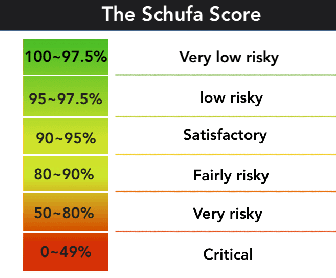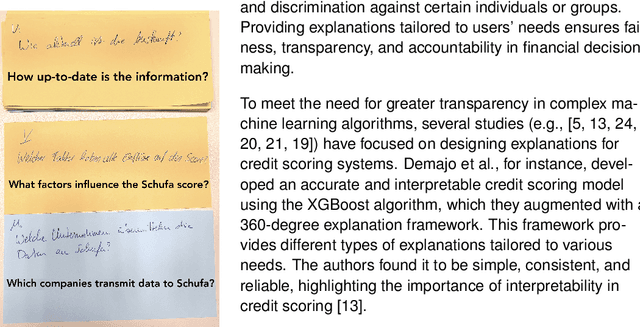Dean-Robin Kern
Explaining AI Decisions: Towards Achieving Human-Centered Explainability in Smart Home Environments
Apr 23, 2024Abstract:Smart home systems are gaining popularity as homeowners strive to enhance their living and working environments while minimizing energy consumption. However, the adoption of artificial intelligence (AI)-enabled decision-making models in smart home systems faces challenges due to the complexity and black-box nature of these systems, leading to concerns about explainability, trust, transparency, accountability, and fairness. The emerging field of explainable artificial intelligence (XAI) addresses these issues by providing explanations for the models' decisions and actions. While state-of-the-art XAI methods are beneficial for AI developers and practitioners, they may not be easily understood by general users, particularly household members. This paper advocates for human-centered XAI methods, emphasizing the importance of delivering readily comprehensible explanations to enhance user satisfaction and drive the adoption of smart home systems. We review state-of-the-art XAI methods and prior studies focusing on human-centered explanations for general users in the context of smart home applications. Through experiments on two smart home application scenarios, we demonstrate that explanations generated by prominent XAI techniques might not be effective in helping users understand and make decisions. We thus argue for the necessity of a human-centric approach in representing explanations in smart home systems and highlight relevant human-computer interaction (HCI) methodologies, including user studies, prototyping, technology probes analysis, and heuristic evaluation, that can be employed to generate and present human-centered explanations to users.
Peeking Inside the Schufa Blackbox: Explaining the German Housing Scoring System
Nov 22, 2023

Abstract:Explainable Artificial Intelligence is a concept aimed at making complex algorithms transparent to users through a uniform solution. Researchers have highlighted the importance of integrating domain specific contexts to develop explanations tailored to end users. In this study, we focus on the Schufa housing scoring system in Germany and investigate how users information needs and expectations for explanations vary based on their roles. Using the speculative design approach, we asked business information students to imagine user interfaces that provide housing credit score explanations from the perspectives of both tenants and landlords. Our preliminary findings suggest that although there are general needs that apply to all users, there are also conflicting needs that depend on the practical realities of their roles and how credit scores affect them. We contribute to Human centered XAI research by proposing future research directions that examine users explanatory needs considering their roles and agencies.
 Add to Chrome
Add to Chrome Add to Firefox
Add to Firefox Add to Edge
Add to Edge